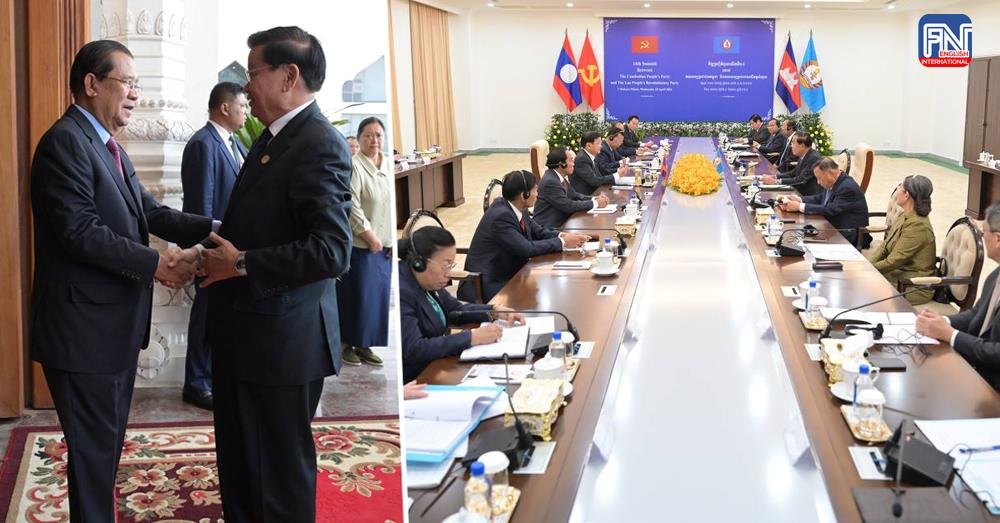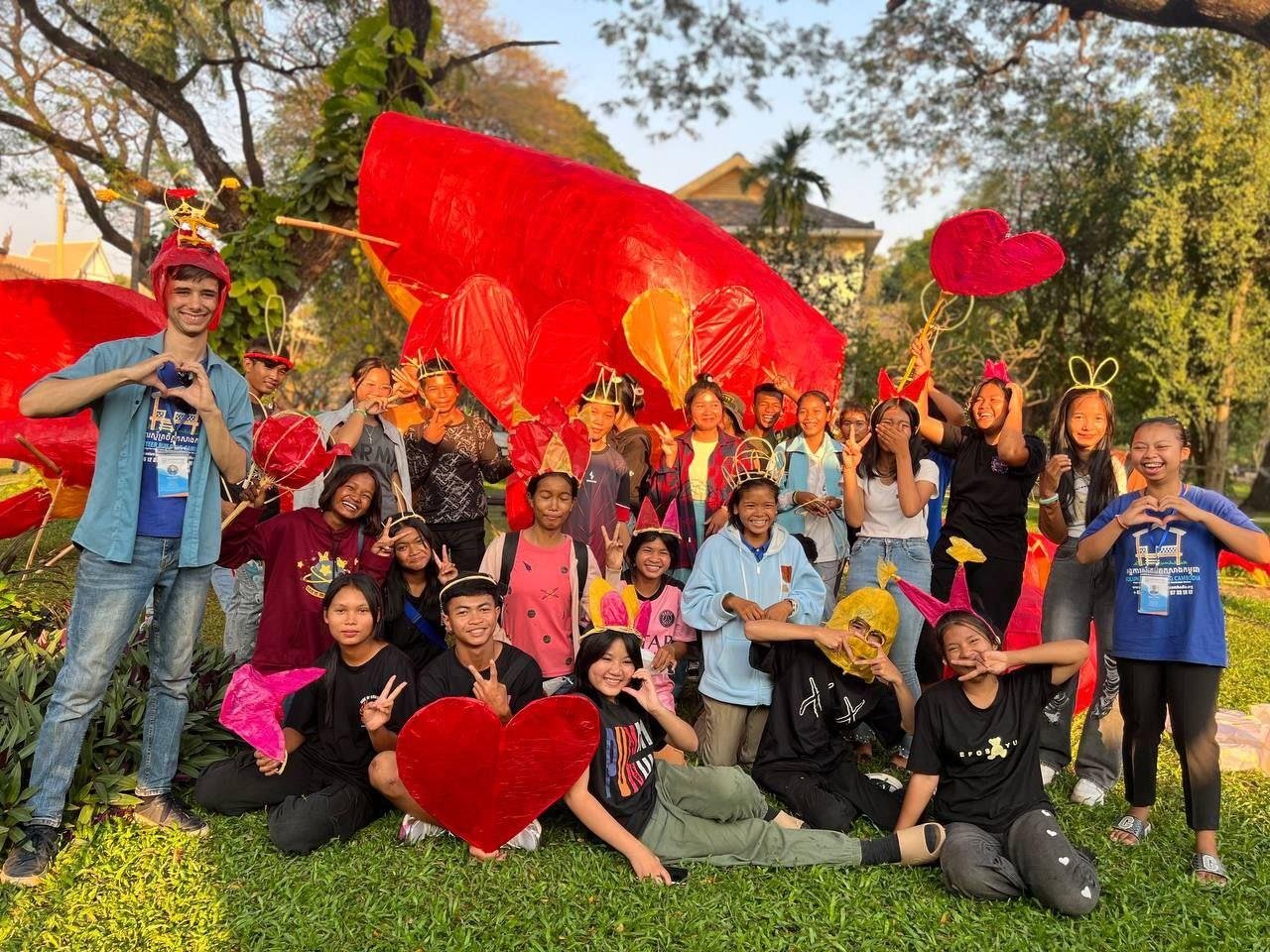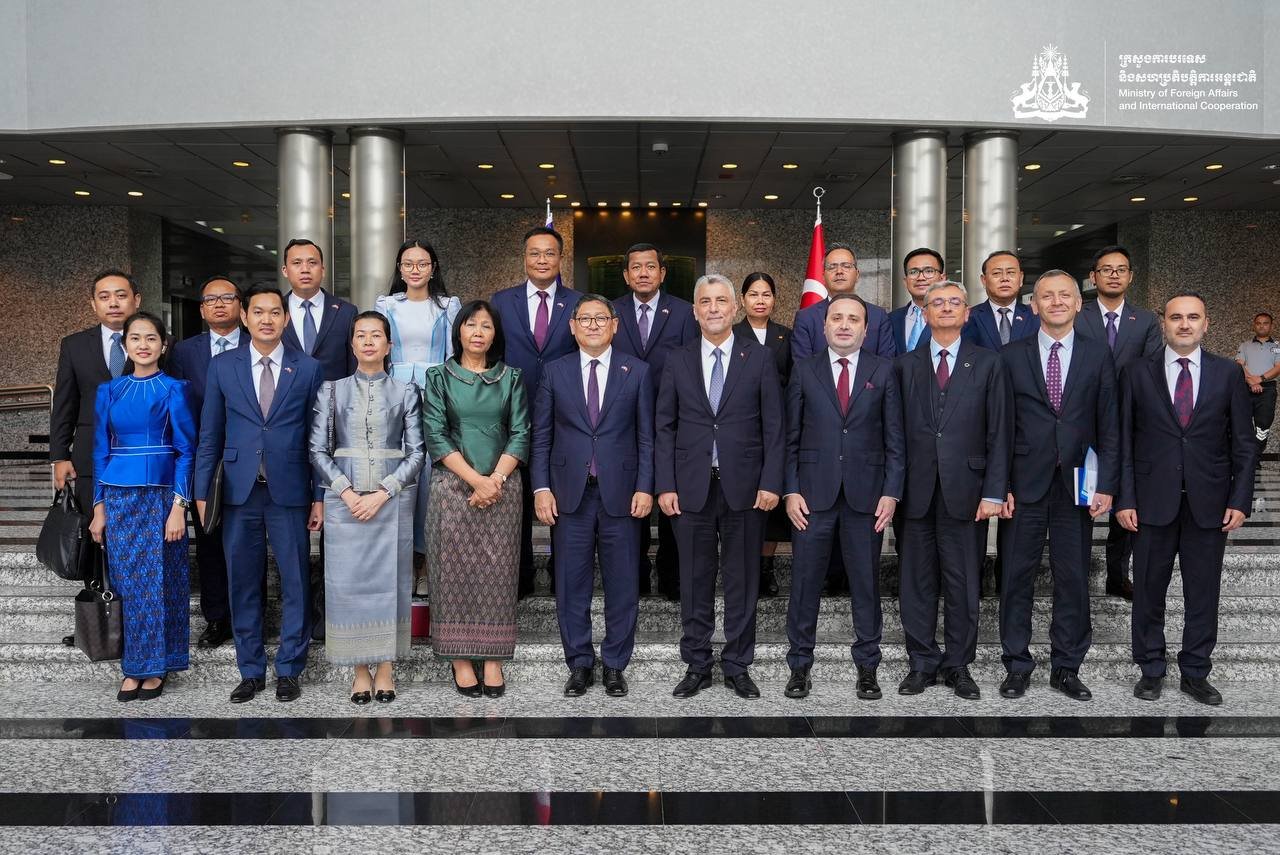The traditional martial art of Cambodia, Kun Lbokator also known as Bokator, is recognized by UNESCO as an Intangible Cultural Heritage. This was announced by UNESCO and Samdech Hun Sen, Cambodia’s Prime Minister, on their official social media pages.
Bokator, also known as lobokkatao, is a traditional Cambodian martial art that was developed by Angkor as a close-quarters combat technique. Bokator means “pounding a lion.” ( Bok meaning to pound and Tor meaning lion)

The martial art was developed by Angkorian forces to assist the Khmer Empire in maintaining control of the region from the ninth to the fifteenth centuries. Angkorian carvings depicting bokator combatants can be seen all throughout Angkor Wat.

Bokator, which is renowned for its weaponry skills and is thought to be the origin of various Southeast Asian fighting styles, was made into a lethal weapon to combat the empire’s invading enemies. The knowledge is also being passed down orally from generation to generation in the traditional Khmer style.
Unlike kickboxing, which is a combat sport, bokator was made primarily with the intention of winning on the battlefield. This indicates that it includes a range of knee and elbow strikes, shin kicks, submissions, and ground combat.
Angkorian warriors utilized their knees, hands, elbows, feet, shins, heads, shoulders, hips, jaws, and fingers among other things to defeat their enemies .
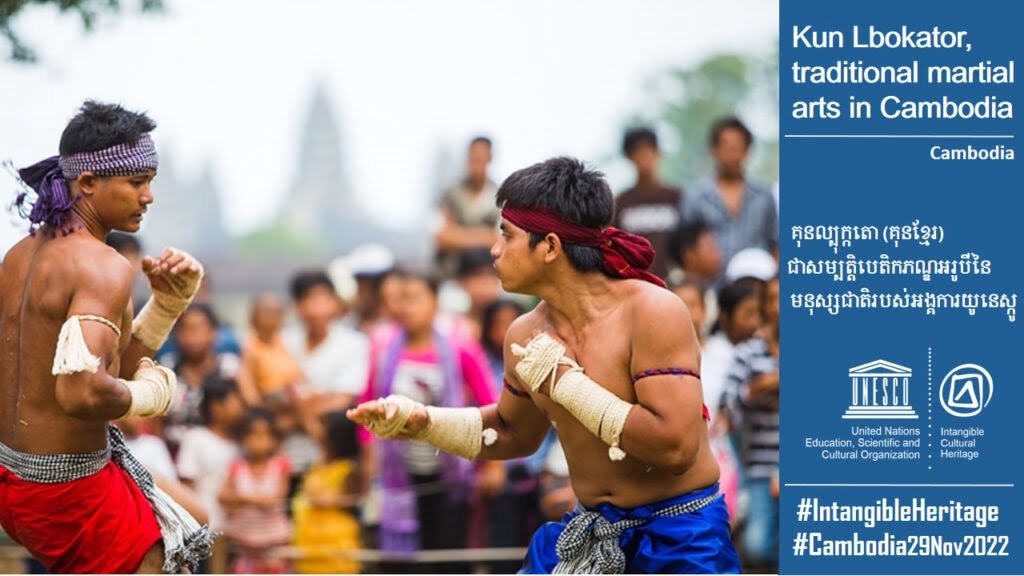
Weapons are also used in the fighting, including bamboo poles, spears, and even the krama, a traditional Cambodian scarf, in many of the tens of thousands of bokator moves.
Bokator techniques are inspired by animals like the tiger, horse, eagle, and naga, and its origins are from the animals’ styles, like many other martial arts practiced in the region. Masters will choose an animal from 341 sets upon which the art is based.
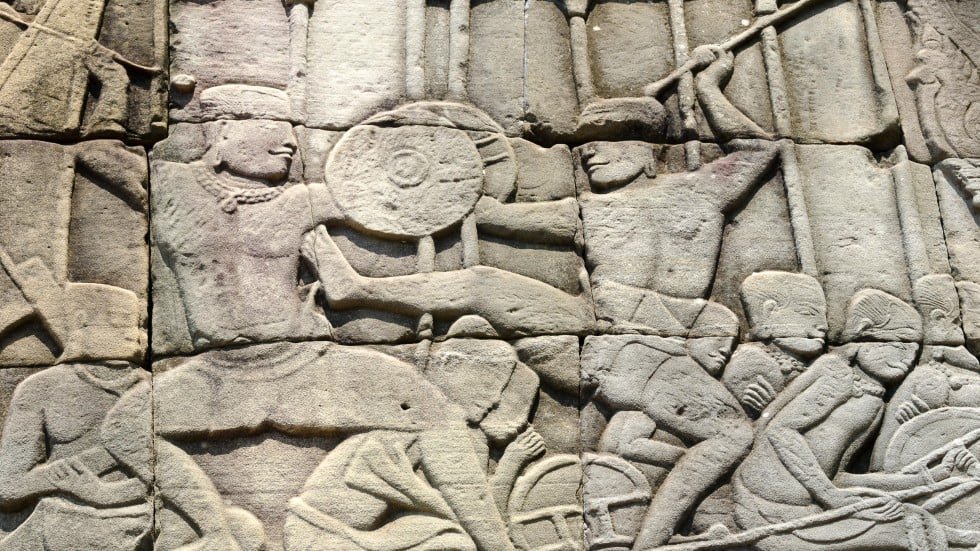
Fighters continue to wear the traditional bokator costume, which consists of a krama around the waist and blue and red silk cords (sangvar) tied around the biceps and waist. The color of the krama represents the grade of the combatant, with white representing the lowest degree, followed by green, blue, red, brown, and then black.
The black krama requires 1,000 out of the more than 10,000 moves, while the white krama needs 100 total moves. Only the greatest masters of the art can acquire the gold krama, which is the highest level. Fighters must be fully committed to the art, wear the black krama for at least ten years, and perform something outstanding for bokator in order to reach this.
Cover Photo: Grandmaster San Kim Sean and son Von Kim Sean , Content Sourec: The Culture Trip




